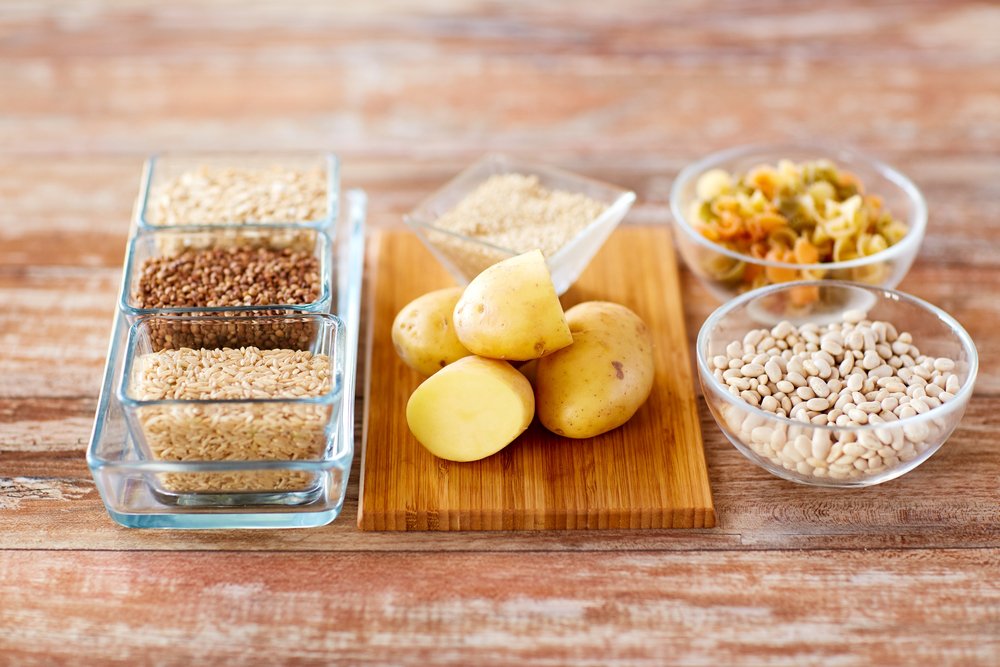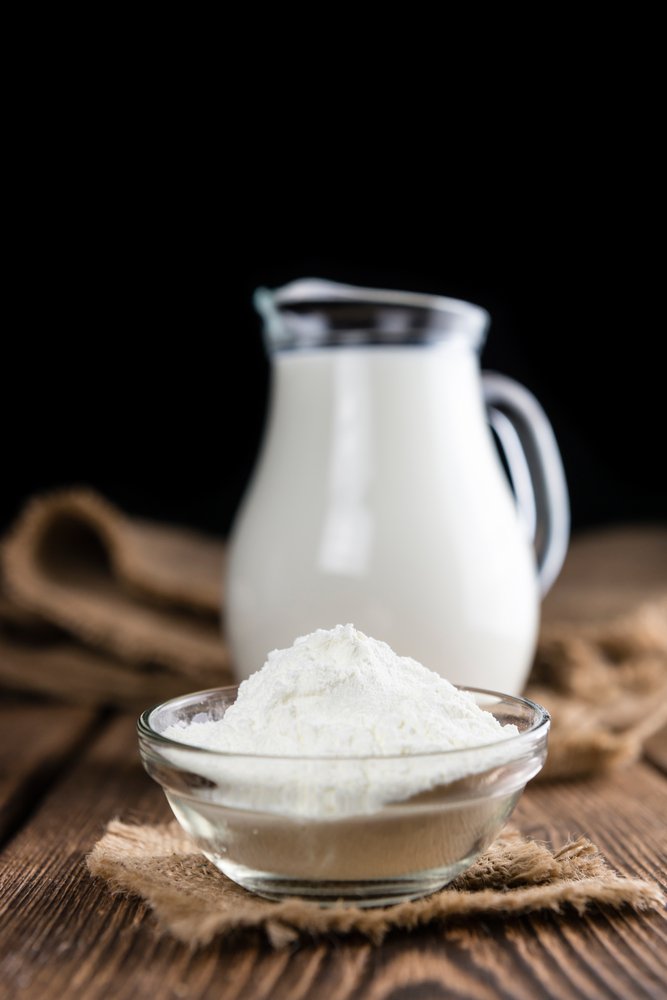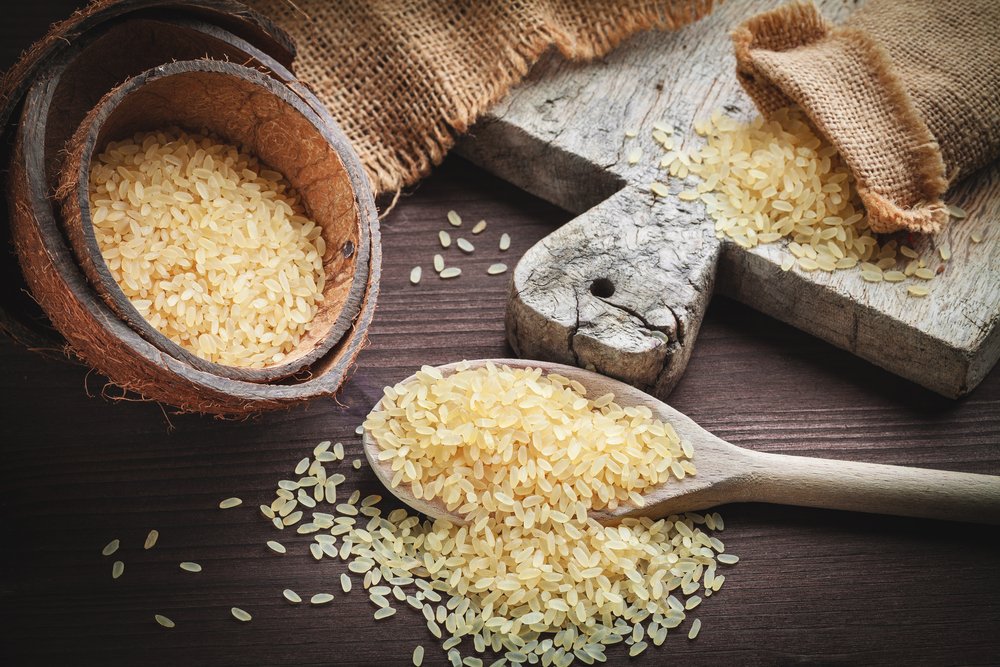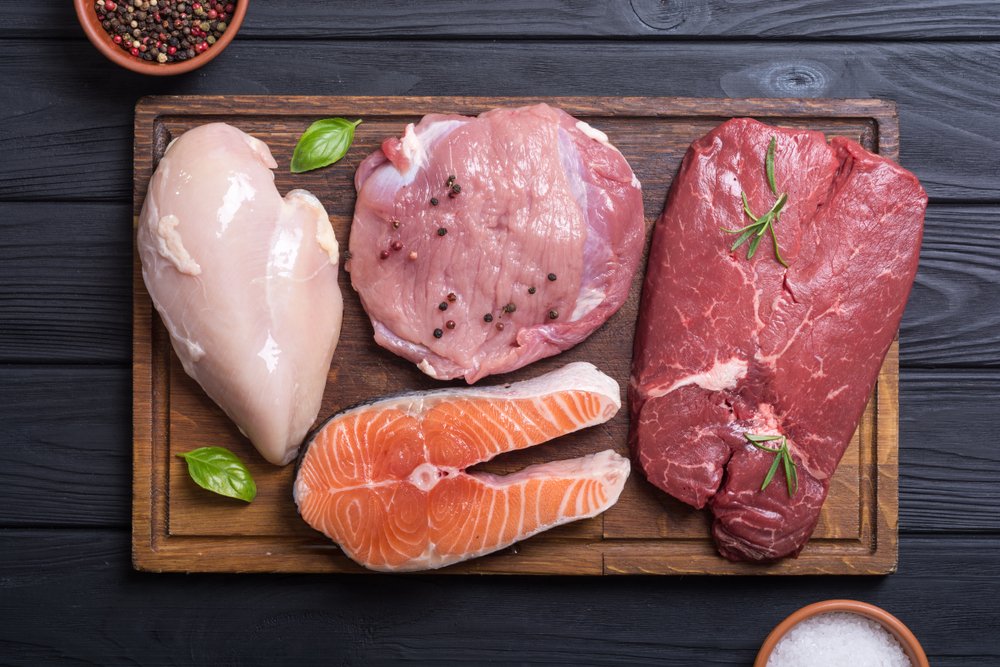
Your Definitive Guide To Carbohydrate Foods
The definitive guide to carbohydrate foods.

It is a chemical structure that contains Carbon (C ), Hydrogen (H) and oxygen (O).
Carbohydrates have long been blamed for the rise in a number of chronic diseases such as diabetes and obesity, however they have a number of vital and specific roles within the body. To quote a study by Iowa State University called “The role of Carbohydrates”, the article states
“The roles of carbohydrate in the body includes providing energy for working muscles, providing fuel for the central nervous system, enabling fat metabolism, and preventing protein from being used as energy. Carbohydrate is the preferred source of energy or fuel for muscle contraction and biologic work.”
When calculating our macro breakdown, much like protein, we allow 4 calories per grams of carbohydrate.
Types of carbohydrates
It is important to note that not all carbohydrates are the same. Carbohydrates (CHO) are also known as saccharides. Within this classification, there are 3 further sub divisions (there are actually 4 if you include oligosaccharides, but for the context of this article we will focus on the three): Monosaccharides, Disaccharides and Polysaccharides. The difference in the 3 groups is the complexity of their structure.
Monosaccharides
Monosaccharides are the most basic form of carbohydrates. Mono, coming from the Greek word ‘monos’ means single. Glucose (blood sugar), fructose (fruit sugar) and galactose are example of monosaccharides and are typically considered ‘sugar’
Disaccharides
Disaccharides are created when two monosaccharides (simple sugars) join together and a water molecule is eliminated. Sucrose (table sugar), lactose (milk sugar) and maltose (malt sugar) are all example of disaccharides.
Polysaccharides
Polysaccharides contain long chains of monosaccharides. There a typically three types of polysaccharides: cellulose, glycogen and starch. They are the most complex of the saccharides and are created by both plants and animals by combining monosaccharides together.
Glycaemic index
We have seen that there are different classifications of carbohydrates, but we must now consider the affect that different carbohydrate foods have on the body.Diabetes.org.uk defines the glycaemic index as a measure of how carbohydrate containing foods affects a person’s blood sugar level (Blood glucose). The GI scale is measured between 0 and 100. A score of 100 is the fastest acting, glucose being the standard from which all other carbohydrate foods are measured from.
Table A below contains a number of carbohydrate foods and their relative GI readings.
| Low GI (0-55) | Moderate GI (56-69) | High GI (70+) |
| Long grain rice- 47 | Whole grain bread- 68 | Glucose- 100 |
| Porridge- 49 | Grapes- 62 | Sports drinks- 95 |
| Non-starchy veg- <15 | Instant rice- 65 | White bread- 70 |
| Peach- 28 | Orange juice- 57 | Weetabix- 70 |
| Pear- 36 | Quick oats- 66 | Honey- 73 |
| Banana- 52 | Vanilla ice-cream- 61 | Baked potato- 85 |
Table A
The GI of a carbohydrate food can also be altered by ‘food combining’. By eating a higher carbohydrate food such as a baked potato with for example, chicken (protein sources) ,fibrous vegetables or some fat, the GI will be lowered as the rate of digestion and absorption are slowed.
Glycaemic load
The glycaemic load is a number applied to carbohydrate foods which calculates how much of a food will raise a person’s blood sugar. It is different to Glycaemic index in that it is calculated by the following:
GL = GI/100 x Net Carbs
The glycaemic load of a food is therefore calculated by dividing the Glycaemic index of a food by 100 and multiplying it by the amount of net carbs in the food consumed. Net carbs is the carbohydrate figure after the value for fibre has been removed. Much like the GI scale, foods/ amounts that produce a high GL figure are associated with higher incidences of chronic diseases such as heart diseases and type 2 diabetes. The Glycaemic Load is arguably more important than the GI of a food as it considers not only the GI but the amount of the food, allowing the actual response to the food to be adjusted.
Sources of carbohydrates
The carbohydrate source you should choose to consume will vary depending on the timing. Post-workout is the optimal time to consume a high-GI carb source. Dextrose supplements are recommended at this time. A monosaccharide, in the same format as blood sugar, this sugar is rapidly absorbed by the body. The associated spike in insulin enhances absorption of the dextrose, in order to replenish the depleted glycogen stores from the training session. Combine with a whey protein supplement to effectively compliment and begin the recovery phase.
At other times, low to medium GI sources (complex carbs) are the preferred choice. Consuming low to medium GI carbohydrates at different times during the day helps maintain stable blood sugar levels and lessens the insulin response, especially if combined with protein and/or fat. With carbohydrates being the body’s preferred source of energy, complex sources such as porridge, fibrous vegetables, brown rice and sweet potatoes provide a sustained energy source due to their slow digestion and absorption.
Fibre intake is a factor that should not be overlooked. Water soluble fibre is vital for maintaining intestinal health, as well as aiding in the elimination of excess cholesterol. Sources of soluble fibre include fruit and vegetables, oats and beans/ pulses.
Insoluble fibre, found in wheat as well as the skins of fruit, cannot be digested. Much like soluble fibre, it helps maintain intestinal health but does not provide nutritional value to the diet per se.
References
Foster-Powell, k et al. [WWW] (http://ajcn.nutrition.org/content/76/1/5.full.pdf+html ) “International table of glycaemic index and glycaemic load values”
Author Unknown [WWW] http://www.diabetes.org.uk/Guide-to-diabetes/Managing-your-diabetes/Glycaemic-Index-GI/ “Glycaemic Index (GI)”
Iowa State University [WWW] (http://www.extension.iastate.edu/humansciences/content/carbohydrate ) “Role of carbohydrates”
Moghaddam, E et al. [WWW] http://jn.nutrition.org/content/136/10/2506.full.pdf+html “The effects of fat and protein on glycaemic responses in Nondiabetic humans vary with waist circumference, fasting plasma insulin and dietary fibre intake”
Author Unknown [WWW] (http://nutritiondata.self.com/help/estimated-glycemic-load ) “Estimated Glycaemic Load”






No Comments yet!